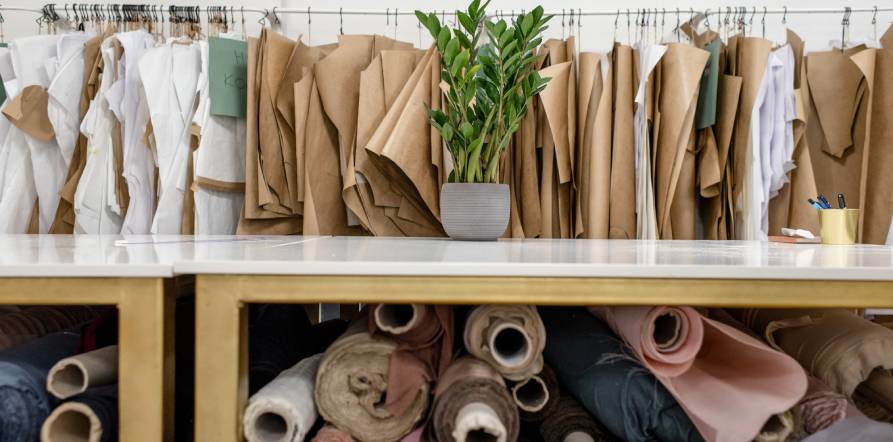
Digitisation of Retail or ‘Phygital’ has stripped the shopaholics of the one too many thrills of
retail therapy- even of the fun derived out of not wanting to shop, with their little trips to
the brick and mortar stores for window shopping.
Having stepped into the world of fashion myself, I was quick to realise the frenzy around the
right fit, this is one industry where ‘one size fits all’ doesn’t get you very far.
There are two kinds of online shoppers, one group is full of pro-active buyers gaping at
several fashion websites, taking the ‘click here to ask more questions’ feature way too
seriously. They will put in that extra effort to make sure their hundredth care package is
perfectly satisfactory, and in case it’s not, perhaps the fit they throw is the reason your
business struggles with reverse logistic issues. At the other end of the spectrum lies the
highly sceptical lot, that would rather touch and feel the product themselves than get fooled
by mendacious online images.
Before the pandemic rolled in yet another wave of digitisation of the fashion industry, the
players were able to target both kinds of shoppers with their physical stores and an
adequate online presence. However, as the worldwide lockdown dawned upon us,
businesses have been trying to adapt to the virtual world more than ever, in order to rope in
the anti-online shoppers.
The fashion industry is no exception to this, with big fashion labels to small home-grown
brands turning to online tools for making social-distance selling a smooth ride for their
customers. High-end luxury brands, characterised by exorbitant prices and personal
shoppers, seem to be bearing the brunt of the crisis, struggling to stay in touch with their
fan base. While some fashion giants like Alexander McQueen are engaging with their
customers with its very own Spotify playlist #McQueenMusic, others like Gucci seem to be
treading down the digitally enlightened path. The Italian fashion house has upped their
brand marketing game by adopting the Gen-Z platform Snapchat’s AR (augmented reality)
lens to allow customers to virtually try on Gucci shoes.
While brands incorporating AR in their marketing strategy is not necessarily an outcome of
the lockdown– Dior’s capsule collection was launched using three Snapchat filters- the face
lens, world lens and market tech lens in Spring 2019 – it is increasingly relevant at a time
when virtual try-ons are gaining steam as an emerging norm.
This trend is not only limited to big names in the fashion industry, many medium and small
sized firms have also been seen implementing AR as a strategic tool to boost the volume of
their online sales during the lockdown. StyleDotMe, a fashion start-up in India has launched
an AR tech platform ‘MirrAR’ to deliver a virtual jewellery try-on experience.
AR is helping reduce the barriers of try ons during online shopping because a high degree of
apprehensions exist even as we progress towards a state of (new) normalcy. With concerns
over hygiene and the fear of stepping out still hanging over our heads, it is safe to say that
the future of fashion very well lies in the virtual world. While the capacity to invest in such
virtual try-on technologies may vary according to the firm size and geolocation, it is evident
that AR has its wings spread wide. Consumers with deep-seated physical shopping habits
have also become more accepting of the emerging trends, at least till the time the corona
panic is lifted off their shoulders!